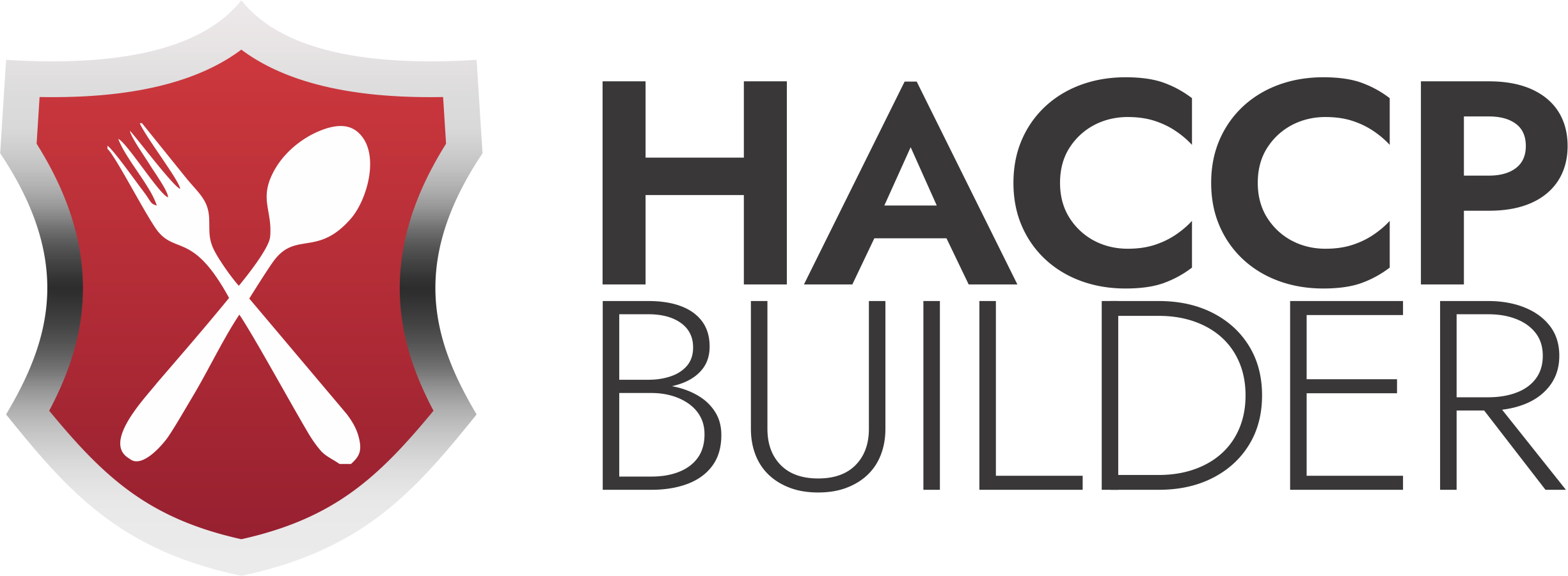Reduced Oxygen Packaging (also referred to as Cryovac) is a process where the oxygen level in packaging is reduced to extend shelf life and prevent spoilage. Overall, the goal is for the quality of the food to be preserved and safe for consumption.
When Is ROP Used?
ROP is commonly used for fresh meats, seafood, cheeses, deli products, and some fruits and vegetables. It helps to preserve the texture, color, and flavor of food while extending shelf life, reducing waste, and allowing products to be stored or transported longer distances.
Processors of products using vacuum packaging or other ROP methods are required by federal and international regulations to take extra precautions if they plan to rely on refrigeration to ensure product safety. For example, if a longer shelf-life is needed, manufacturers are required to apply additional measures or growth barriers to prevent bacteria growth or toxins.
Methods
In most cases, one of the following ROP options is used:
- Vacuum Packaging: Air is removed from the package, which creates a vacuum seal. Oxygen that can support the growth of microorganisms and cause the food to spoil is eliminated.
- Modified Atmosphere Packaging (MAP): Rather than creating a vacuum seal, air is replaced by a specific mixture of gases, such as carbon dioxide or nitrogen. This helps to prevent oxidation, thus preserving the food while still allowing it to breathe in a controlled environment.
- Controlled Atmosphere Packaging (CAP): Similar to MAP, this method usually involves adjusting the oxygen, carbon dioxide, and nitrogen levels surrounding the food. This is usually used for larger-scale storage.
Is An HACCP Plan Needed When Using ROP?
The need for a HACCP plan in a restaurant, butcher shop, or any food-related business is usually dictated by local or national food safety regulations. This includes the FDA Food Code which requires businesses that engage in practices like ROP to follow specific guidelines.
Since it is considered a high-risk process, the US Food Code does require a HACCP plan for ROP processes. As previously discussed, an HACCP plan helps identify and control potential food safety hazards associated with ROP by outlining critical control points. It is also used to monitor procedures and implement corrective actions as necessary. Overall, it is a preventive approach to ensuring food remains safe for consumption.
If done improperly, ROP can create an environment that promotes the growth of harmful bacteria like Clostridium Botulinum or Listeria monocytogenes. Using a HACCP plan ensures potential hazards are more easily identified. This way, Critical Control Points (CCPs) can be established.
What Are The Critical Control Points (CCPs) In ROP?
CCPs in ROP include:
- Temperature control during packaging, storage, and transportation.
- Proper oxygen levels in the package before sealing.
- Monitoring of time and temperature during the process of cooking and cooling.
- Regular visual inspections for signs of spoilage or contamination.
If ROP Is Implemented In A Facility, The Facility Must:
- Conduct a hazard analysis.
- Identify critical control points (CCPs).
- Establish limits for those CCPs.
- Implement monitoring procedures.
- Define corrective actions if limits are exceeded.
- Verify the effectiveness of the plan.
- Keep detailed records of these procedures.
ROP Technologies Are Necessary!
If ROP food products are not handled and stored correctly, there are serious food safety risks. To ensure the ROP technology you are using is up to the task, or if you have further questions about HACCP Compliancy, contact HACCP Builder.
We can be reached at (866) 577-4030 ext. 1 or via email at [email protected]. Leave us a message or book a free demo today!





